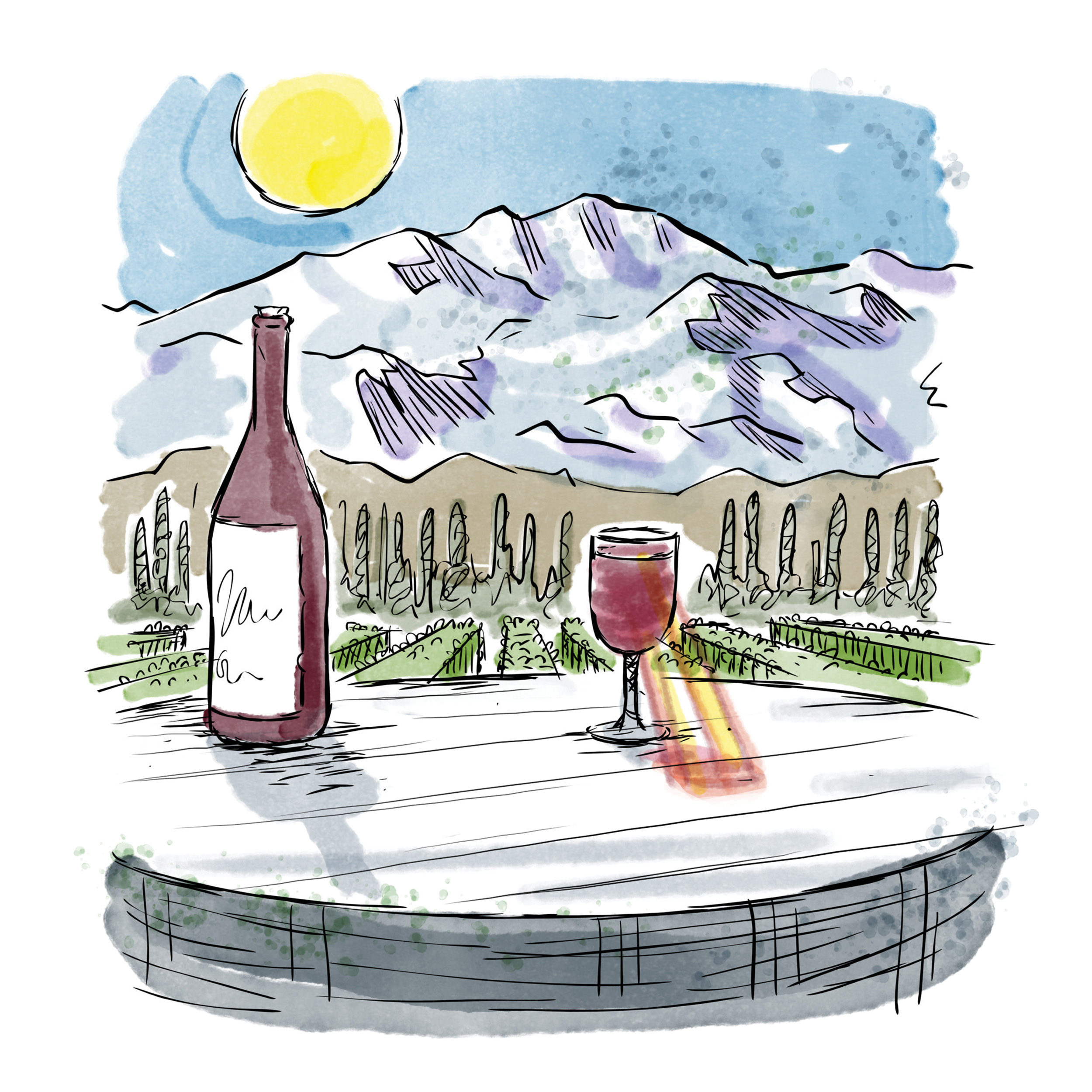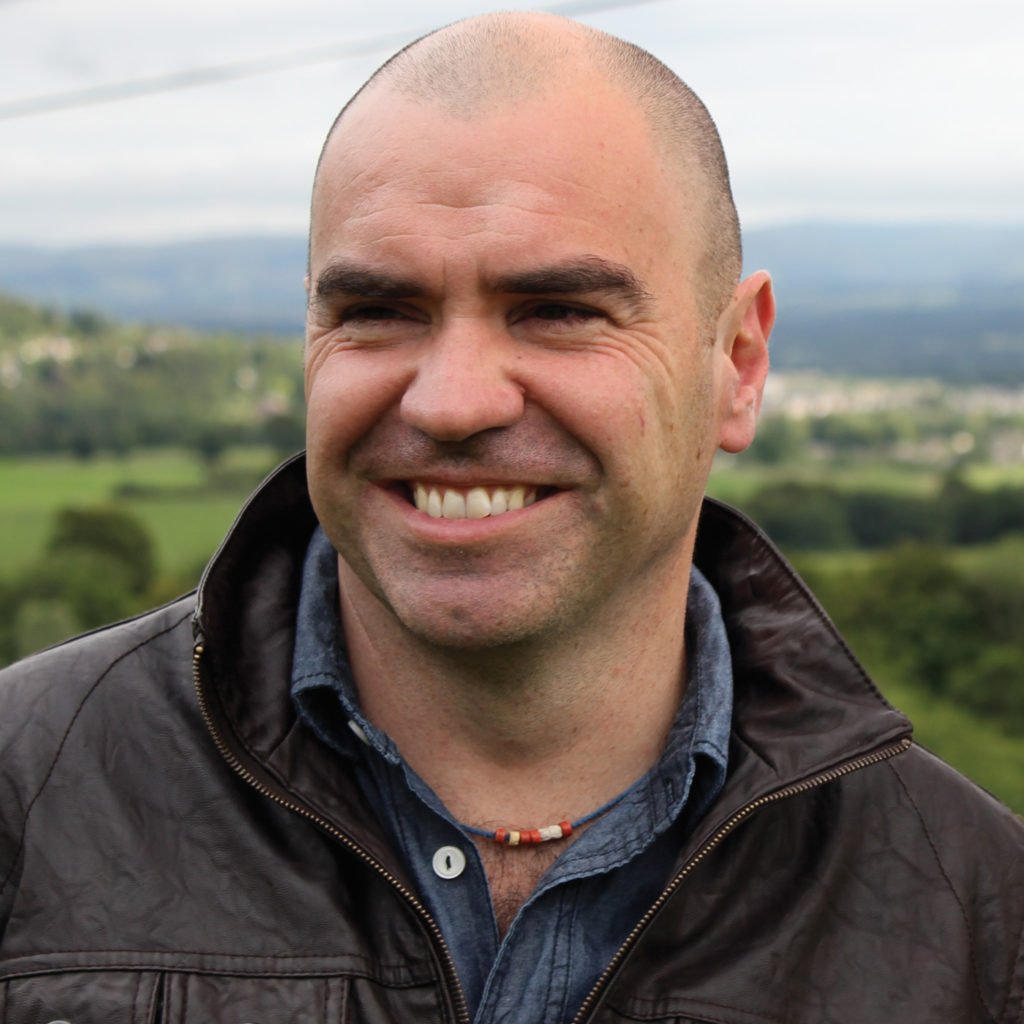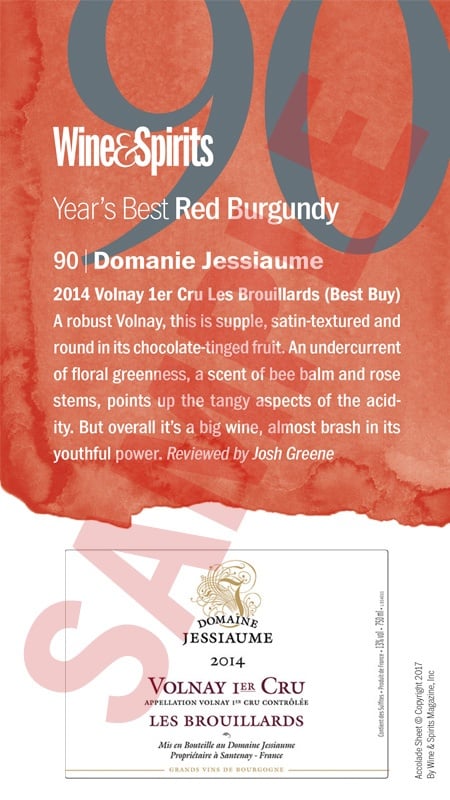It may have been the chocolate cake that put me off malbec. It was on a trip to Mendoza, back in the early 2000s, before I passed on the critic baton to Patricio Tapia; he lives just over the hills in Santiago and speaks much better Spanish than I do.…
To read this article and more,
subscribe now.
To continue reading without interruption, subscribe and get unlimited digital access to our web content and wine search.
This story appears in the print issue
of Fall 2018.
Like what you read? Subscribe
today.

















